When you perform a squat, a dumbbell press or a single-arm curl, you may think you’re training your muscles — but that’s only half the story. You’re also training your proprioceptors.
Say what?
Proprioception is trainer-speak for the body’s awareness of where it is within its environment, and it’s more complex — and crucial — than you might think. “It’s the ability to sync your body with your mind,” says Sarah Brannon, NASM-CET. “It’s how your body adapts and responds to gravity.”
Catching a vase before it hits the floor? That doesn’t happen without proprioception. Keeping your balance while walking on an icy sidewalk? Proprioception. Smashing the game winning put-away, pulling down a rebound, scoring the winning touchdown? Proprioception, proprioception, and proprioception.
Some call it our “sixth sense.”
Fortunately, there are ways to train proprioception. Just like you can train a muscle to get stronger, you can train your proprioceptors to be more accurate and responsive. Want to tune up your balance and coordination? Check out the five proprioception exercises below.
What Is Proprioception?
Proprioception is your body’s unconscious ability to sense where it is within its environment, explains NASM performance enhancement specialist Cody Braun, CPT.
Need an example? Close your eyes. Now touch your nose with your index finger. Wasn’t hard, was it? That’s because of proprioception.
Every second of every day, receptors (called mechanoceptors) throughout your body send information to your brain about how your muscles and tendons are lengthening, shortening, and working — proprioception!
Within milliseconds, your brain tells your muscles how to respond. Then your arms, legs, and whatever other body parts your brain’s talking to at that moment do as they’re told.
When it comes to exercise, two major proprioceptive receptors are the muscle spindles and Golgi tendon organs (GTOs). Both are part of the musculoskeletal system.
Muscle spindles
Muscle spindles are specialized fibers within the belly of skeletal muscle that detect when and how fast that muscle is lengthening, Braun says. For example, when your doctor hits your patellar tendon (just below your knee cap) with a rubber mallet, it causes a tiny, but lightning-fast, stretch in the quadriceps muscle.
Your muscle spindles tell your brain, “Woah, something’s stretching the muscle! We need to contract it to keep it stable.” The result: Your lower leg flies up with the famous knee jerk.
Golgi tendon organs
Meanwhile, Golgi tendon organs (GTOs) are located between a muscle and the tendon(s) that connect that muscle to bone. GTOs detect tension in the tendons, which is caused when a muscle contracts, Braun says.
When you lift weights, the GTO senses whether a muscle is being overworked. If it detects that you’re lifting a weight much heavier than it’s used to, it actually shuts off the muscle to keep you from injuring yourself. If your arms have ever “given out” mid bench-press, you can thank (or curse) your Golgi tendon organs.
Other receptors
Muscle spindles and Golgi tendon organs get the most love, but dozens of other forms of proprioceptive receptors exist.
- Joint kinesthetic receptors use an array of mechanoreceptors to determine changes in joint angles.
- “Even your skin senses changes in pressure, temperature, and pain, thanks to cutaneous receptors, which add to the feedback your brain uses to process movement,” Braun says.
- “When it comes to sensing rotation or acceleration, the vestibular system in your inner ears has little hair-like structures that detect directional movement,” he adds.
Together, all of these proprioceptors are what keep you balanced and stable, and your joints working in synchronicity. They improve exercise performance and, according to mounting research, can help reduce the risk of injuries like strains and sprains.
Test Your Proprioception
“Balance is one of the biggest tests of proprioception,” Braun says. Using a scale of 1 to 4, with 1 being perfectly stable and 4 being wobbly as all get-out, have a friend score your stability in each of these four proprioception tests, performed for 10 seconds each. The less sway you display — and, consequently, the lower your score — the stronger your proprioception.
- Stand on two feet with eyes open
- Stand on two feet with eyes closed
- Stand on one foot with eyes open
- Stand on one foot with eyes closed
Beginner Proprioception Exercises
Single-arm, single-leg (a.k.a. unilateral), stability, and balance exercises are critical to honing proprioceptive movements.
“Most exercises that require some balance component can help to increase proprioception,” Braun says.
Bonus: Improving proprioceptive control in single-limb stance is a key factor in reducing the risk of ankle and knee sprains as well as low back pain, according to the Journal of Strength and Conditioning Research.
There are several tips beginners should keep in mind when performing proprioception exercises:
- Try performing any exercise you can do safely with one or both eyes closed.
- Go slowly, performing each movement with maximal control.
- Experiment with performing standing exercises on one leg instead of two.
- Yoga is an excellent ancillary activity to improve proprioception.
Single-leg standing hip abduction
- Secure one end of a resistance band to an anchor point at ankle height and the other to your right ankle.
- Stand perpendicular to the anchor point with your right ankle farthest from it, maintaining slight tension on the band.
- Keeping both legs straight, raise your right ankle directly out to the right as far as possible.
- Pause, then slowly release the contraction in your hip to return your ankle to the starting position.
- Repeat for reps and switch sides.
Single-leg balance
- Stand on one foot, lifting your free knee up toward your chest.
- Hold for up to 10 seconds.
- Repeat on your opposite leg.
- Perform the drill three times on each leg.
One-arm ABCs on the wall
- Stand several feet from a wall with your feet hip-width apart, holding a soccer or volleyball in your right hand.
- Extend your right arm straight out in front of you, holding the ball in place against the wall.
- Roll the ball around on the wall as if you’re writing the alphabet.
- Switch sides and repeat.
Intermediate Proprioception Exercises
Once you’ve established a gainly proprioceptive base, you can progress to more challenging maneuvers.
Unstable bilateral squat
- Assume a shoulder-width stance on a foam pad, half foam roller, balance board, or Bosu ball.
- Extend your arms directly in front of you.
- Keeping your back flat and your gaze forward, bend at your knees and drive your hips back, slowly lowering yourself until your thighs are parallel with the floor.
- Pause for a one-count, then return to the starting position.
- Repeat for up to three sets of 10-15 reps.
Single-arm, single-leg Romanian deadlift
- Grab a dumbbell with your left hand and stand with your feet hip-width apart, holding the weight at your side.
- Keeping your back flat and your core engaged, lift your left foot off the floor, and push your hips back to teeter your torso forward.
- Keeping your hips level and the weight close to your body, extend your left foot behind you until the weight is just in front of and below your right knee.
- Pause, then slowly push your hips forward to return to start.
- Repeat for reps, then switch sides.
Unstable split squat
- Stand with your feet shoulder-width apart a couple of steps in front of a foam pad, a half-foam roller, or a Bosu ball, and step back with your left foot so the ball of your foot is on the unstable surface.
- Maintaining an upright posture and keeping your feet parallel, slowly bend both knees, lowering your left knee until it hovers a few inches from the floor. (Your knees should be bent about 90 degrees.)
- Hold the low position for a two-count, then return to the starting position.
- Repeat for a total of 10-15 reps, then switch legs and perform the same number of reps.
- Perform 2-3 sets on each leg.
Progress it: Experiment with placing your front foot on the unstable surface. Master that? Destabilize both feet.
Advanced Proprioception Exercises
At this skill level, you can begin experimenting with agility drills or other movements that require split-second timing and control.
Skater jump
- From an athletic stance, shift your weight onto your left foot and bend your left knee to lower your hips several inches while lifting your right foot off the floor.
- Pushing off your left foot, jump to your right, and land softly on your right foot. Cross your left foot behind your right ankle slightly without letting it touch the floor, as your arms swing in the same direction as your legs.
- Pause, and immediately spring back to the starting position by propelling yourself off your right foot and landing softly on your left foot.
- Repeat the move, bounding from side to side continuously without stopping for a total of 10-20 jumps (5-10 per side).
Ladder drill
- Place an agility ladder on the floor and stand at one end, straddling the first box.
- As quickly as possible — and without stepping on the ladder — perform the following sequence: step into the first box with your right foot; step into the box with your left foot; step out of the box with your right foot, placing your foot to the right of the second box; step out of the box with your left foot; placing your foot to the left of the second box.
- Repeat the previous step, moving forward along the ladder one box at a time, until you have stepped in and out of each step in the agility ladder.
- Repeat the entire sequence, starting the stepping pattern with your left foot.
- Once you have mastered this drill, perform it while playing catch with a partner, using a tennis ball, a lacrosse ball, or a light medicine ball.
Single-leg (pistol) squat
- Stand with your feet hip-width apart and raise your left foot off the floor as you extend your arms in front of you.
- Keeping your back flat and core engaged, push your hips back, bend your right knee, and lower your body as far as possible toward the floor, your left leg floating off the floor in front of you.
- Pause, and then press through your foot return to the starting position.
- Repeat for reps and switch sides.
Tip: Start lowering yourself to a high bench or step, and progress to lowering yourself unsupported through a complete range of motion.
The post What Is Proprioception, and Why Is It Crucial to Your Fitness? appeared first on BODi.

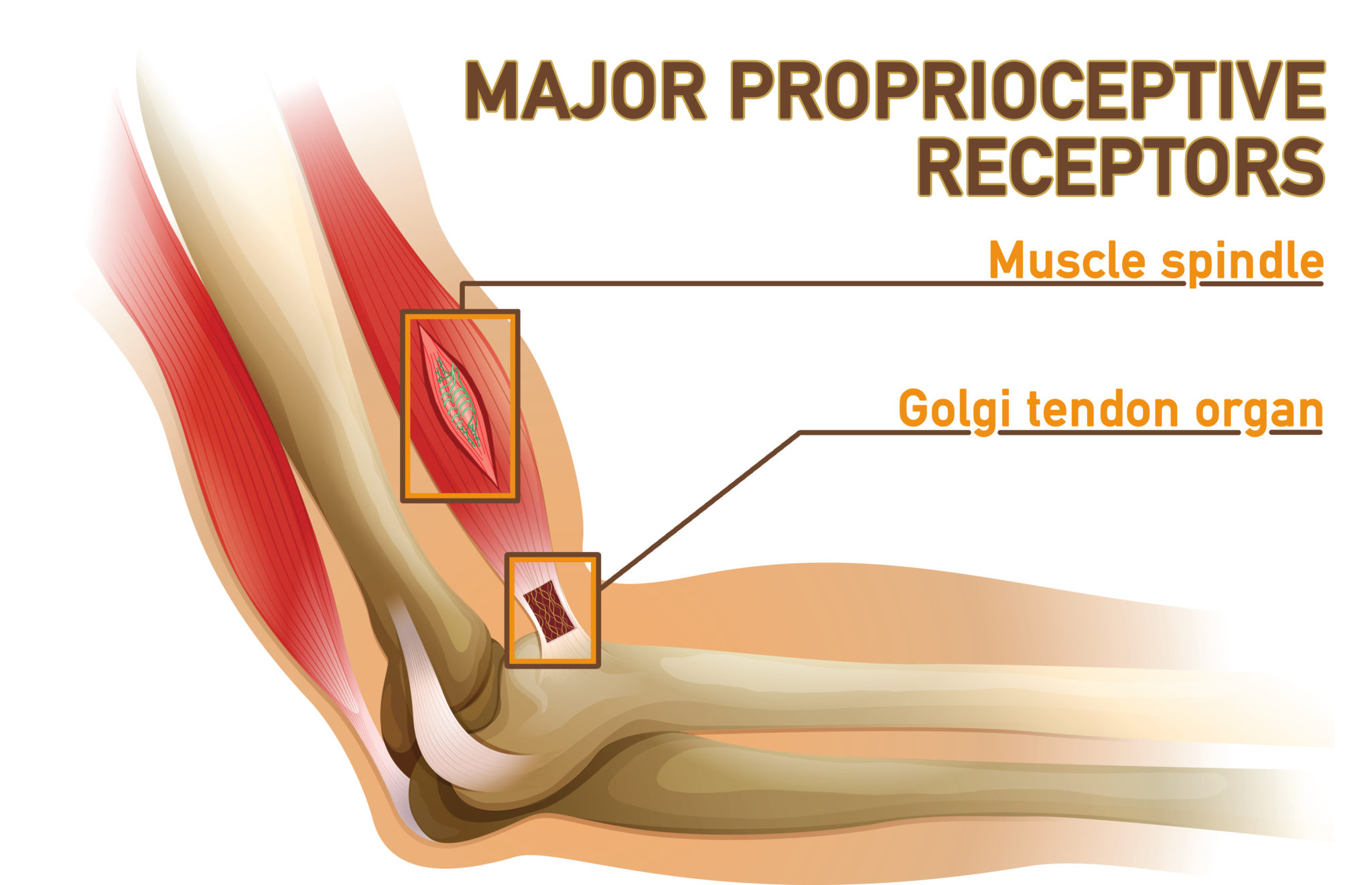
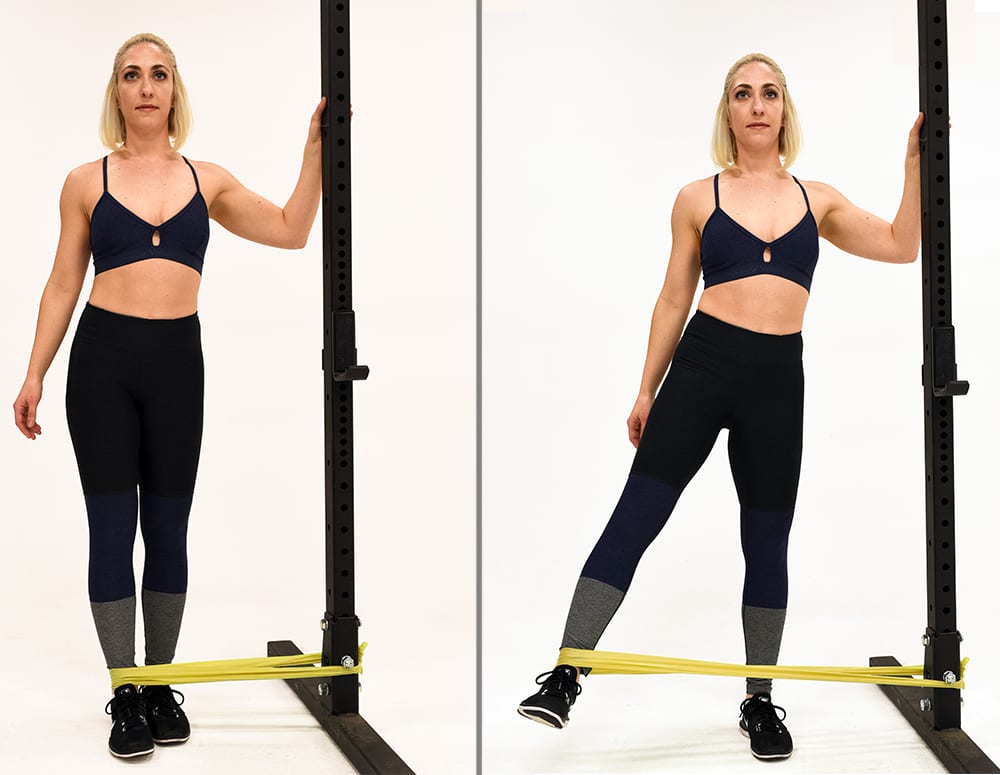
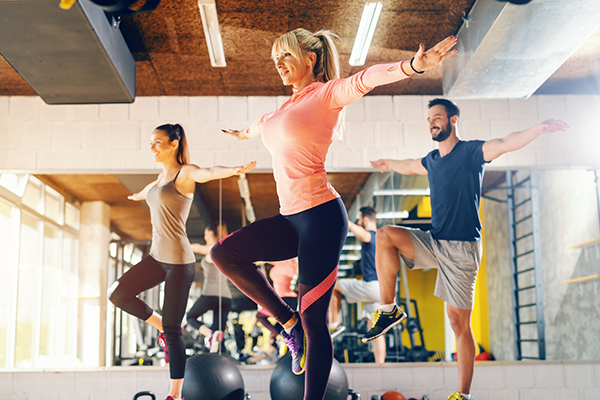
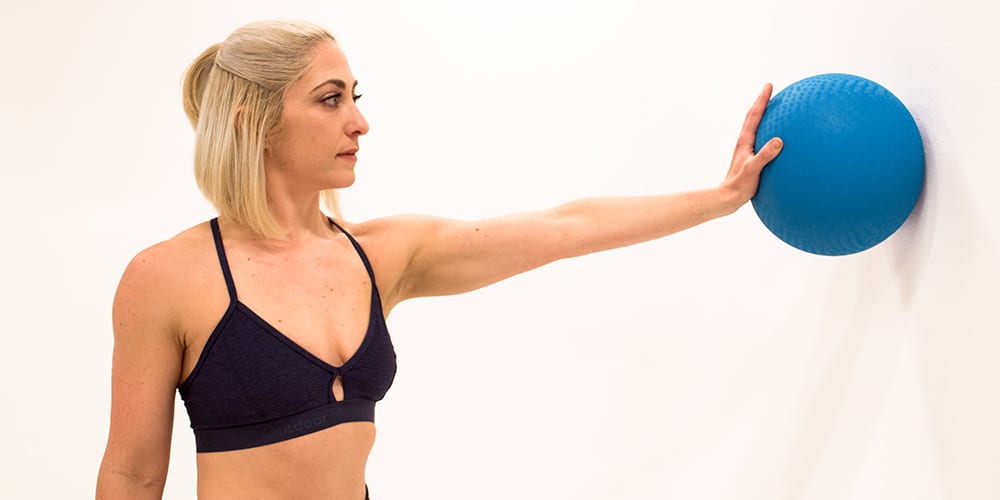
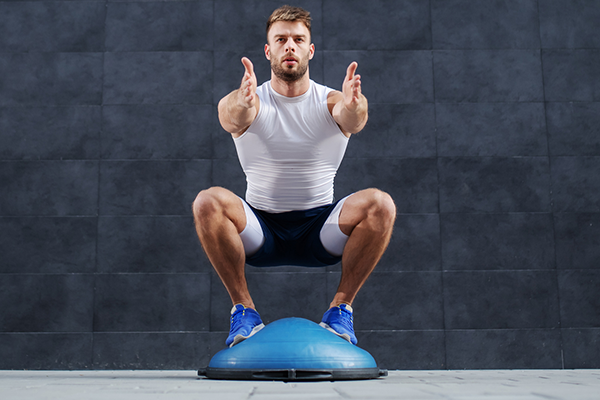
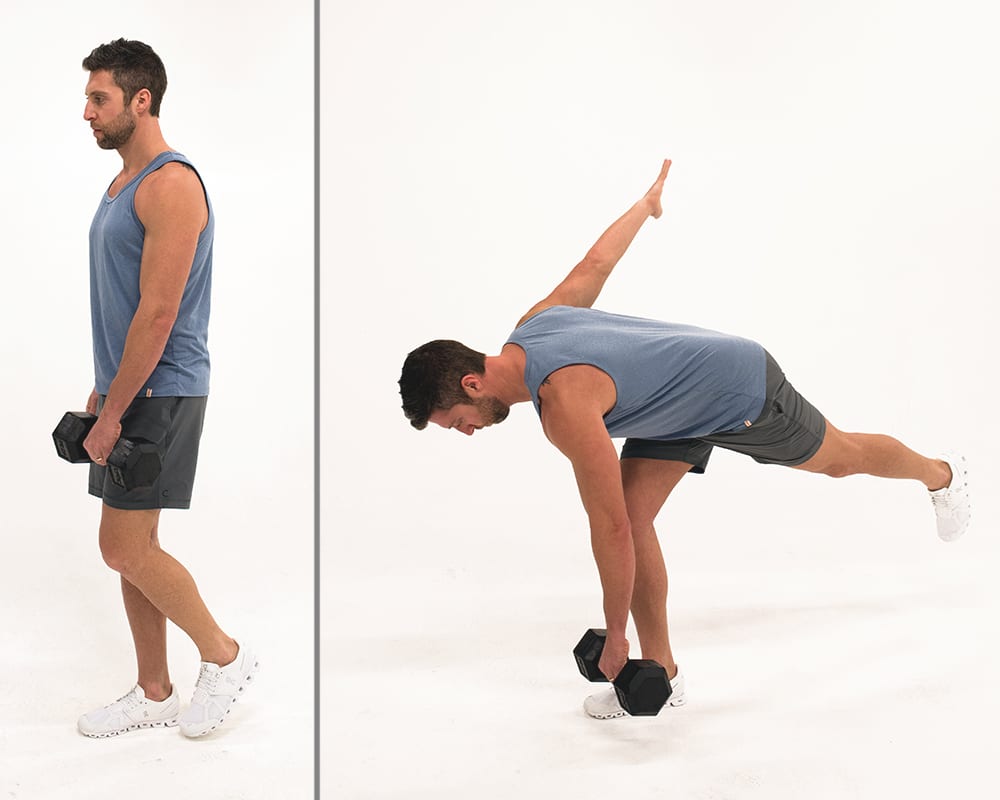
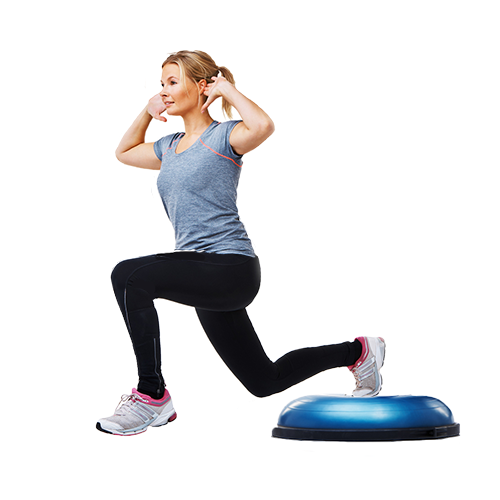
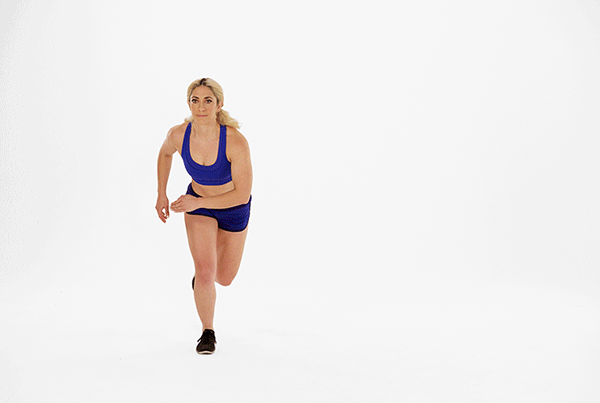
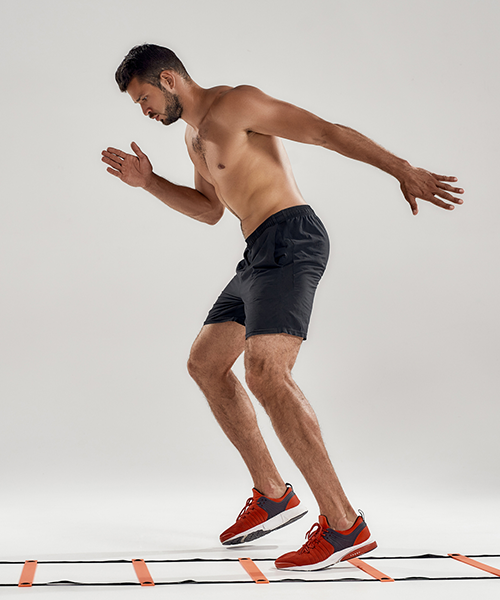
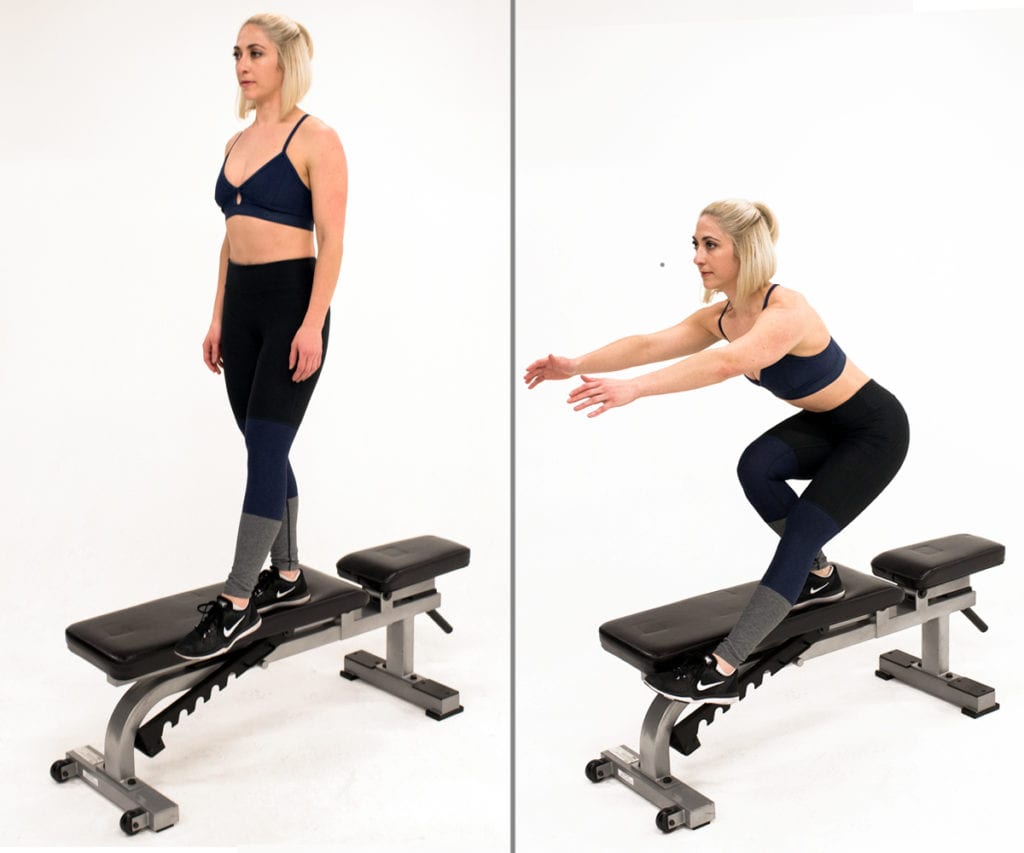
0 Comments